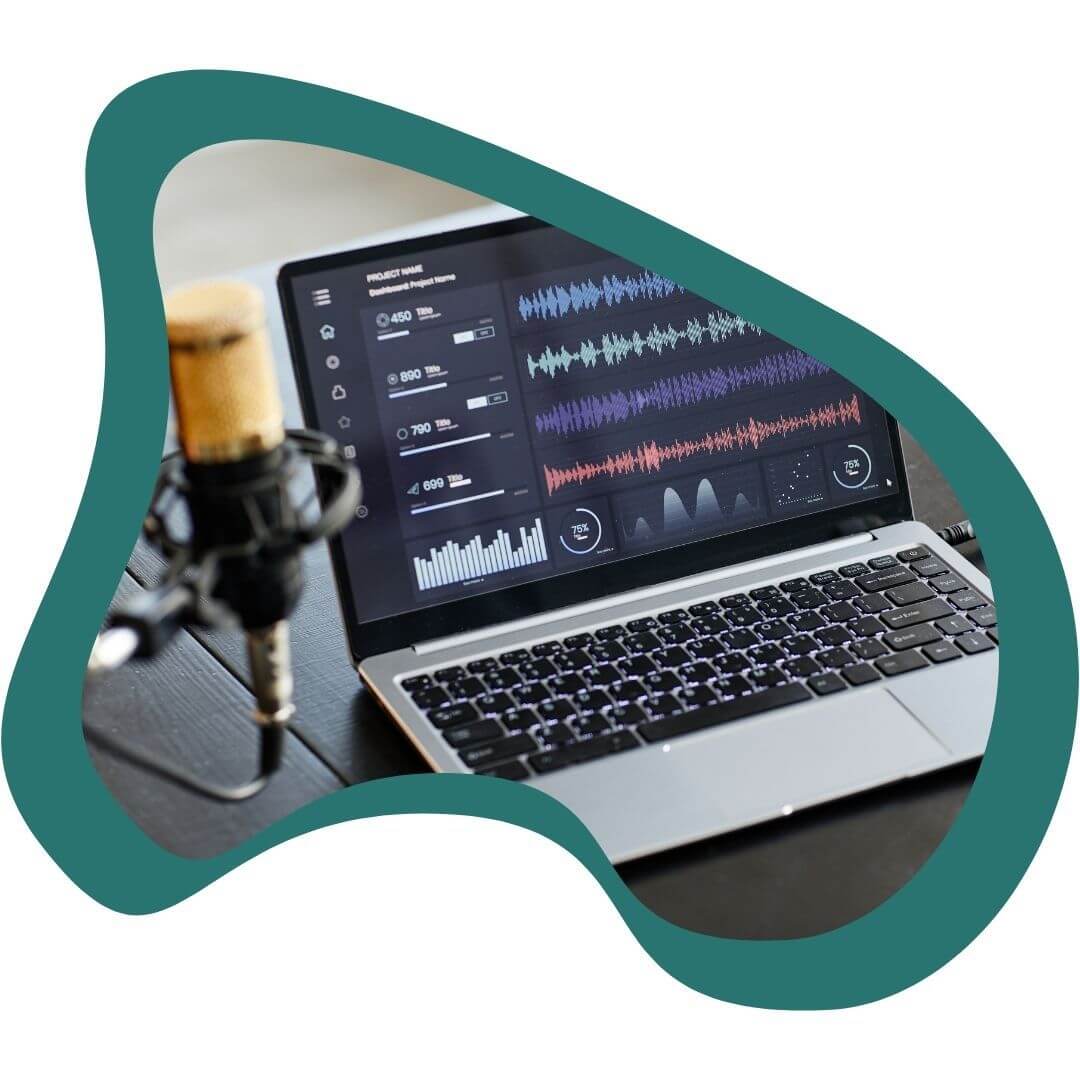Technical Checklist For Your First Podcast Recording
How to prepare yourself for the first recording? There are a
1) Recording Environment
Choose a quiet space for recording. Minimize external noises by selecting a room with minimal echo and soundproofing if possible. A carpeted room with drapes or curtains can help absorb sound.
Soundproofing: Consider acoustic panels or foam to further minimize external noises. For a home recording, you can use blankets or sofa pillows and place them around you.
2) Microphone Selection

If you want a great listening experience for your audience, get a microphone! Sure, you can also record the audio from the computer or phone directly. But then even the post-production editing might not be able to help with fixing all the background noises etc. Better than no microphone, you can use simple Apple EarPods with built-in microphones. The output sound from them is great; for podcast beginners, it’s enough, trust me!
For more advanced sound, invest in a good-quality microphone. For example, USB microphones like the Blue Yeti or Audio-Technica AT2020USB+ are excellent starting options. They offer good sound quality without the need for additional equipment. See our mics recommendations in our article about The Best Podcasting Microphones.
USB vs. XLR Microphones: USB mics are plug-and-play, directly connecting to your computer. XLR mics require an audio interface but offer better sound quality and flexibility.
3) Headphones
Use headphones to monitor audio quality during recording. Closed-back headphones can prevent audio leakage into the microphone, providing clearer sound. Using headphones is crucial especially if you are recording remotely – then you will hear the second person in your headphones not coming out from your computer which your computer would catch and record as well!
4) Proper Positioning of Your Microphone
When talking about the proper positioning of your microphone, we mean two things:
- Distance from Mouth: Maintain a consistent distance (15-20 cm) from the microphone for consistent sound quality.
- Angle and Direction: Position the microphone at a slight angle to minimize plosive sounds that are caused by the air coming from your mouth
5) Recording Software

Choose recording software that suits your needs. Audacity or GarageBand (for Mac users) are user-friendly options for beginners. But basically, recording-only is great even just the classical default audio recorder you have on your phone or computer.
If you are recording interviews or discussions remotely, consider using programs for example Remotely.fm which allows you to record your audio and video with a great quality.
6) Backup Recording
Always have a backup recording. Even if you're using sophisticated software, having a secondary recording on a different device can save you from losing content due to technical issues.
7) Internet Connection
If recording interviews or podcasts remotely, a stable internet connection is crucial for clear communication and recording quality. Consider using platforms like Zoom or Skype with good audio quality for remote recordings.